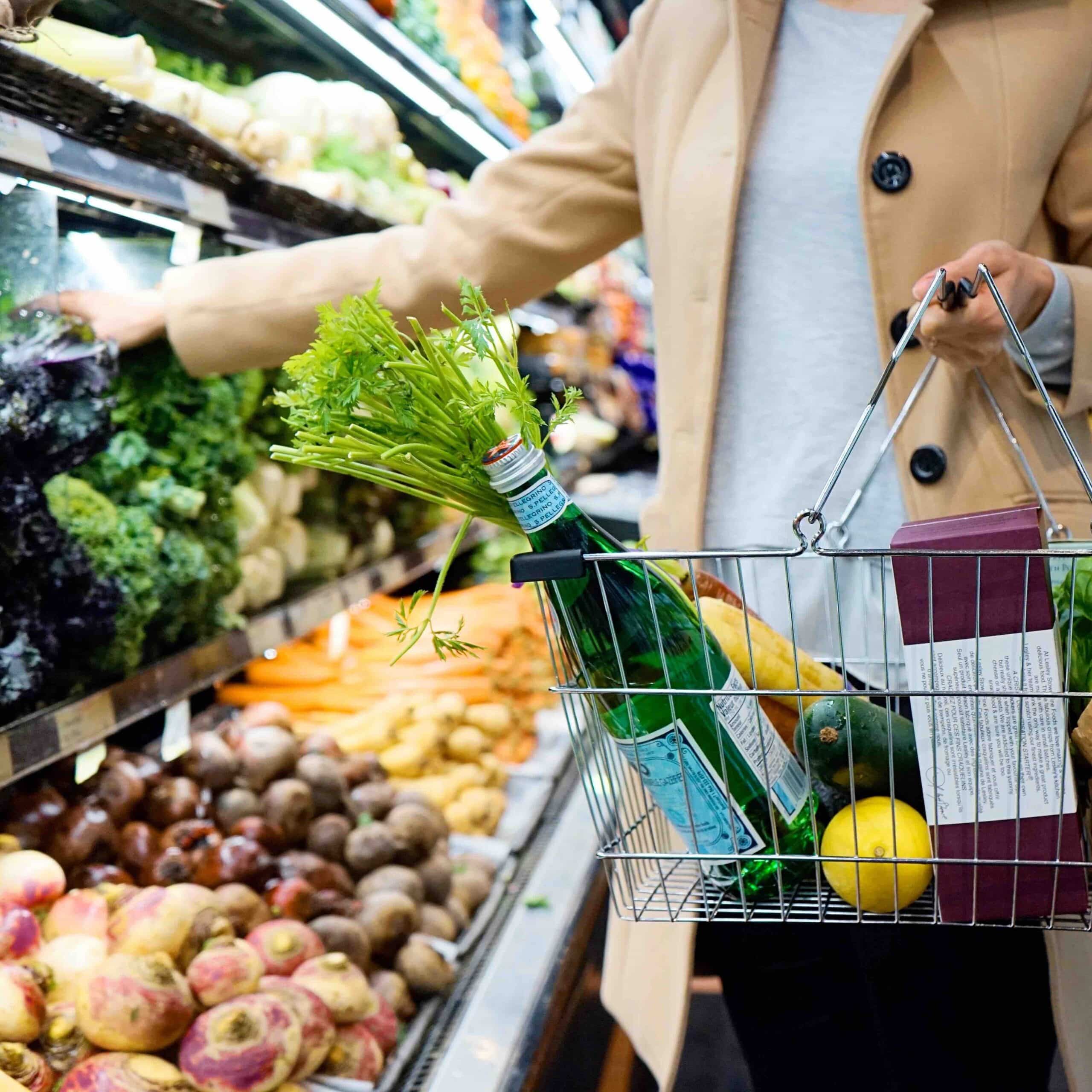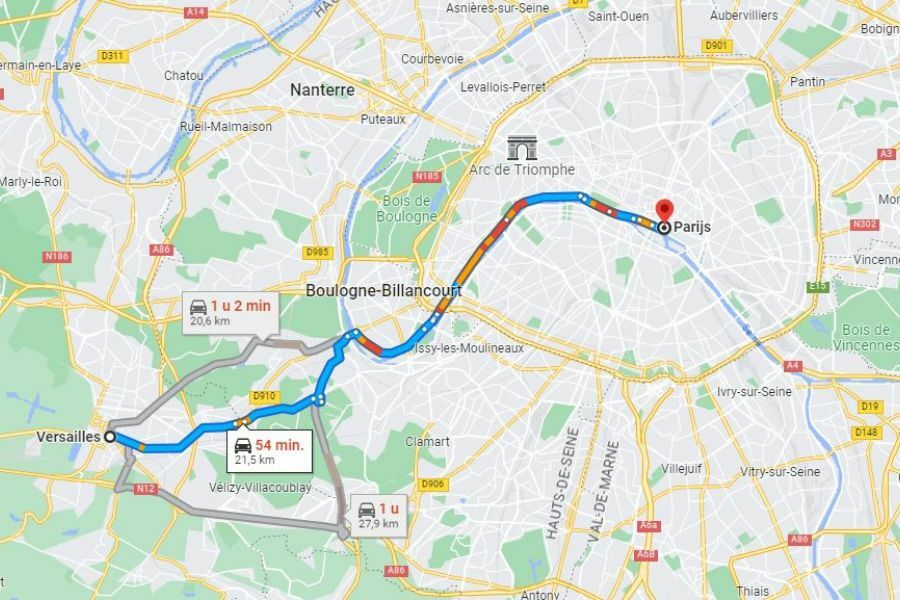How “Local” Is Local Food?
There is quite a bit of confusion surrounding the concept of ‘local,’ particularly in relation to food. Linguist Marten van der Meulen highlights the implications of this. ‘It’s unfair if one person limits themselves to a 20-kilometre radius to get their food, while the other person considers a 200-kilometre radius.’
Recently, I went out for dinner for the first time in a long while. Seeking culinary delight, I attentively studied the menu. Naturally, I wanted to choose the best option available. Keeping up with the latest restaurant trends, this dining venue featured a unique concept. The introduction included a thorough explanation, with a length fitting for a scientific article.
One word, specifically, stood out to me. It stated that the chefs used as many locally sourced
ingredients as possible. Most people would probably think that’s great, but I was mainly thinking: what does ‘local’ mean?
In this particular context, the word local denotes its proximity to the nearby area. When it comes to food, it specifically refers to the concept of food miles, which quantifies the distance a dish or ingredient has travelled before reaching your table. Much of our food comes from afar: ginger from Peru, vanilla from Madagascar, grapefruits from Brazil.
 Many supermarkets and restaurants proudly feature the concept of ‘local’ food. But what distance defines ‘local’?
Many supermarkets and restaurants proudly feature the concept of ‘local’ food. But what distance defines ‘local’?© Tara Clark / Pexels
Travelling a considerable distance is often necessary to reach the Netherlands and Belgium from these countries, usually by plane. Recognizing the environmental impact, the food industry has been embracing a movement towards local sourcing for several years now. This aligns with the increasing eco-consciousness of consumers, some of whom are dedicated ‘locavores’. As a result, it is only justified for a restaurant to proudly feature this concept.
Okay, so the food is sourced locally. However, in reality, this vague nation lacks substantial meaning. What does ‘locally’ actually mean? How far is it? How many kilometres define the nearby area? It turns out that there are quite a few different answers to these questions. If you take a quick look at various articles, you will find a wide range of distances, all referred to as local. 200
kilometres. 160
kilometres. 150
kilometres. 50
kilometres. In this article, one person sets a radius of 40 kilometres, while the other person prefers 20 kilometres.
So, what is the precise meaning? The ambiguity is undoubtedly inconvenient and even potentially unfair. When one person puts in significant effort to source all their food within a 20-kilometre radius, it becomes quite deceptive for another person to adhere to a 200-kilometre radius. Wouldn’t it be preferable to standardize this? That’s exactly what the US government thought. They made the decision to assign a number to the term local. This was implemented in the Food, Conservation, and Energy Act (2008), which explicitly states:
(I) the locality or region in which the final product is marketed, so that the total distance that the product is transported is less than 400 miles from the origin of the product; or
(II) the State in which the product is produced.
Hold on a moment: less than 400 miles? That’s over 643 kilometres! The distance from Brussels to Berlin! From Maastricht to Salzburg! It seems highly unlikely that someone dining in Brussels would consider Berlin as local. What’s going on here?
And this brings us to the core of the story, to the explanation why the word local is one of the most captivating words: not every local is the same. That may sound strange, as geography is exactly something that can be measured with relative accuracy. Amsterdam is situated at a particular distance from Maastricht, and Versailles is located at a specific distance from Paris. Of course, it depends on your precise location within the vast city of Paris, but nonetheless, there is an element of consistency.
Not every local is the same. That may sound strange, as geography is exactly something that can be measured with relative accuracy
I agree, distance can be measured, but that’s just one aspect of the story. The perception of distance also plays a significant role. Just as people experience time
differently, distance can be perceived in various ways. It depends on your perspective, your frame of reference, and how you define what is local and what is far.
The extent of this contrast becomes more apparent when I talk to Americans. Their country is significantly larger than ours, which expands their perception of what is considered local.
I have seen plenty of examples of this. Consider the backpacking guys, for example, who would regularly embark on weekend trips to a European city from Amsterdam: it felt astonishingly close! Similarly, there was a man who casually mentioned commuting to work by plane, a journey that took an hour and a half, just like our train ride. Then there was a woman who lived in San Luis Obispo and considered it ‘close to Los Angeles’. It’s nearly a three-hour drive by car! On an American scale, perhaps it’s close, but in a Dutch or Belgian context, I don’t think anyone would say that Amsterdam is ‘close to’ Brussels. Even though it’s an equal distance to drive.
How you experience distance depends on your perception and frame of reference. Power also plays a role
There are other aspects of the term local that go beyond just perspective. Power also plays a role. It is possible for larger places to feel closer to smaller ones than vice versa. While the geographic distance between Paris and Versailles remains constant, the capital city feels closer to the palace grounds than the other way around. This is partly influenced by the political and cultural importance of one city compared to the other. However, it is also affected by factors such as the frequency of a city’s appearance in the news and the frequency of its name being mentioned. In the suburbs of a major city, people tend to be more focused on the city itself. This phenomenon is also evident in social groups or among celebrities, where people tend to be more focused on the centre of attention than the centre of attention is on them.
 Paris is closer to Versailles than vice versa – that’s how it is perceived in terms of distance.
Paris is closer to Versailles than vice versa – that’s how it is perceived in terms of distance.We can easily understand why there is a lot of confusion surrounding the concept of local. However, this understanding alone doesn’t solve the issue of the food problem. It is important to consider the benefits of consuming local food within this context. Here, it is explained that local has become a shorthand for food that embodies qualities such as high quality, freshness, authenticity, reliability, environmental friendliness, and support for the local community.
That is not always the case, and certainly not always true. Locally sourced food is not inherently better. While it may reduce transportation distances, it is crucial to consider how the food is produced and processed. And the discussion continues. It may seem like a localized inquiry, focused on this single word. But within it lies a rich world.












